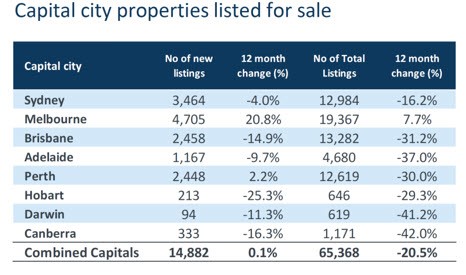What an incredible year it’s been for property prices around Australia.

What has caused this once-off-type event that has seen property prices soar, with no end in sight?
Rewind 12 months and we were supposed to be seeing a fall of anywhere between 20% - 30% in our house prices.
Surely this “perfect storm” can’t continue. As the famous saying goes, this too shall pass.
But when and how is more of an unknown.
So, what were the events that led to this boom, and how could it end.
Here are my thoughts…
Employment
Whether you are a fan of the Government or not, the level of stimulus to keep Australians in work and keep the economy afloat has been unprecedented.
While there was a sharp drop in the number of unemployed in the middle of last year, we have now returned to even higher levels of employment than before the pandemic.
There is no doubt there are many businesses that are still hurting and some people have lost their jobs while others are not working as many hours as they would like, but from a big picture perspective, we are doing OK with regards to jobs creation.
Thankfully, this is in stark contrast to what many were predicting would happen and why I would suggest many commentators predicted the worst.
Demand

Australians spent more than $62 billion on international travel in 2019 and almost $65billion in 2020, and that has obviously dropped like a stone.
As a result, according to the ABS, Net Savings have skyrocketed to unprecedented levels, while Australians have also paid off huge amounts of credit card debt.
There was the prediction that demand for the property would drop once our borders closed, however with nearly 500,000 expats returning to Australia that has not eventuated.
Interest rates have also remained very low, with no signs of rising over the short term so many current homeowners are upgrading.
Armed with greater job certainty, above normal rates of savings, and access to cheap money there is no doubt residential property has been a major priority.
According to REA, demand has doubled in many capital cities.
Supply
While record levels of demand are on one side of the equation, a shortage of stock has also created a problem for buyers.
Across the country stock levels have been down substantially and around 20% on average.
While buyers have clearly been eager to get into the market, it is the sellers that are a lot more reluctant to sell.
This could be due to the merry-go-round of the market and lockdown uncertainty.
So, with record-high demand and supply of property at unprecedented lows, the ingredients are ripe for strong capital gains.
So, when will it end?
What happens next?
I believe that anything is possible, as we have all seen in the last 12 months.
But, in my mind, there is a combination of three things that could and eventually will stop this property cycle.
Firstly, market forces will slow growth as stock levels return to some normality as lockdowns ease and buyer demand dissipates as pent-up demand is soaked up.
But with housing finance through the roof, this could take a considerable amount of time despite stock levels improving.
Prior to the Delta outbreak in Sydney and Melbourne, there were some predictions that interest rates would rise sooner rather than later.
But with those lockdowns further hurting the economy, the banks and the RBA have not flagged a change until at least 2023 or 2024.
APRA and the regulators could also have a significant influence on this cycle as we saw toward the end of the last decade.
In the past, they only became involved once they became concerned about the stability of the banking system – for example when the share of investors starts to rise above the longer-term average of around 37% mark.
While investors start to replace first home buyers, they still only make up around 30% of the market.
Conclusion

Come to the start of 2023 there is the potential that we’ll be in a very different economic environment.
Our economy should be in a stronger position and the appetite by the RBA for interest rate rises may be on the cards as some banks have predicted.
Investors tend to arrive late in property cycles and as investor numbers continue to rise, APRA may intervene as they have done in the past.
A full year may also see buyers’ appetites and finances starting to dry up and more certainty will likely see stock levels return to normal.
In all likelihood, most of these factors will likely slow and stall the momentum of our property markets around the country.
Now I can’t see property values falling at that stage – at least not for well-located A grade homes and investment great properties
But for now, the perfect storm will continue.
READ MORE:
A property year like no other – what’s been driving property price growth?





















